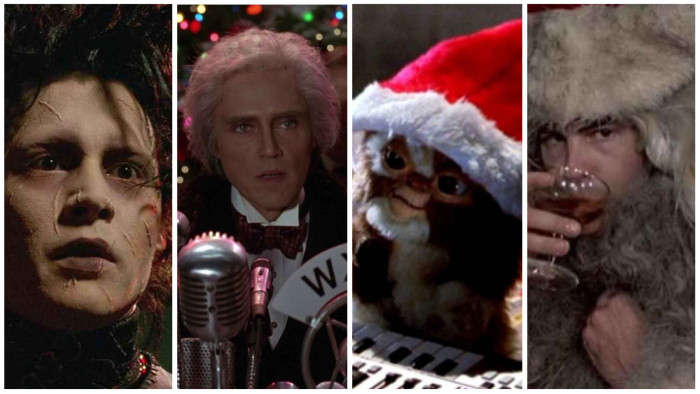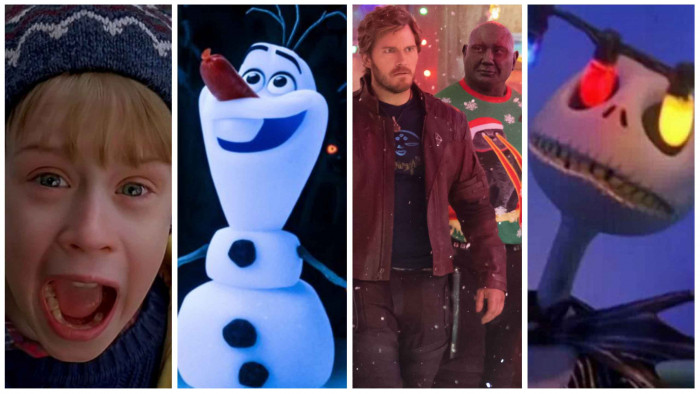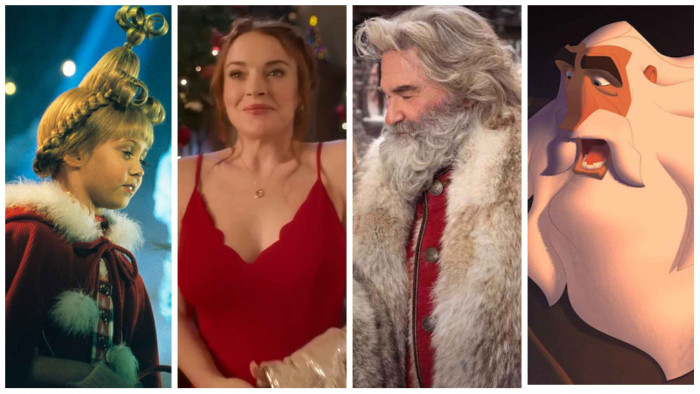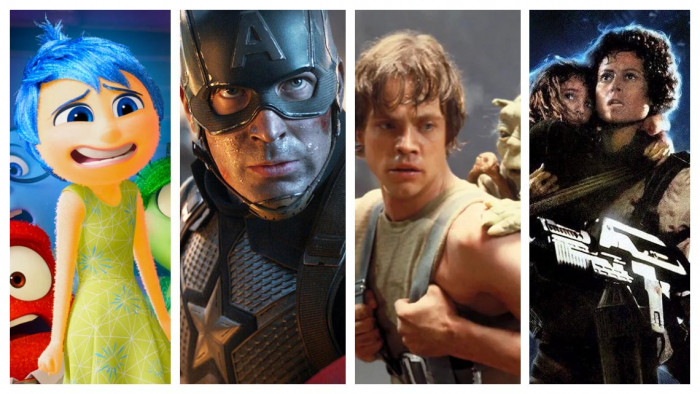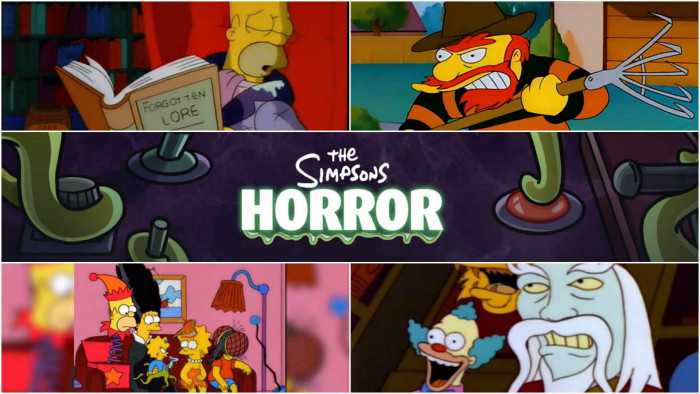"We call it a wife-beater,” says Hart Bochner. “What did you say you call it?”
“A vest.”
This exchange explains why Bochner, a Los Angeles-based Canadian, isn’t aware of the Die Hard Vest’s cult appeal in this country – and perhaps why it’s not such a ‘thing’ in the United States. After all, it wouldn’t sound good if people listed ‘the wife-beater’ among their favourite things about the film; some of the actors could take it the wrong way.
There are, of course, many other things to like about Die Hard that aren’t reliant on trans-Atlantic linguistic harmony – or so heavily soiled. And this is why this story of Bruce Willis’s off-duty cop, clambering around a skyscraper on Christmas Eve in an effort to save his wife and her colleagues from a gang of German terrorists, has firmly cemented its place at the top of the Nakatomi Plaza of Action Films. Even 25 years after its release, and with a fifth incarnation, A Good Day To Die Hard, out this week, the influence of, and love for, the original is still strong.
One of those lovable things keeping the relationship alive is Bochner. Die-hard, er, Die Hard fans will know exactly who he is. The rest of you will know him as the film’s thick-bearded, cocaine-loving ball of smarm, Harry Ellis. The man
who delivers the killer line, “Hans, bubby, I’m your white knight,” before talking his way into a bullet from Alan Rickman.
“It certainly redefined the action genre,” he says. “It’s weird that a movie holds up for 25 years. You look at films that struck nerves at the time and some of them don’t hold up like Die Hard does. Die Hard still works.”
It would be interesting to know if that would have been the case had the film followed its intended path. The most recent film in the franchise may have been called Die Hard 4.0, but the original is in fact a much-updated version; the result of alterations, rejections and hasty, on-the-hoof decisions. In fact, almost everything we love about Die Hard shouldn’t have been there.
The film is based on the novel Nothing Lasts Forever by Roderick Thorp. It was the sequel to another Thorp novel called The Detective, which was made into a film starring Frank Sinatra in 1968: a picture that had a contractual agreement for Old Blue Eyes to resurrect his character on screen.
Almost literally resurrect him – Sinatra would’ve been 72 when filming began; not the best age for dragging one’s body through ventilation shafts and indulging in hand-to-hand combat with enormous Teutonic mercenaries.
TO BE FRANK
As it was, Sinatra turned down the role – a retired cop trying to rescue his daughter from German terrorists in the offices of the Klaxon Oil Company (which became the Nakatomi Corporation) – freeing up the film’s director, John McTiernan, to make the lead character younger, change his daughter (who dies in the book – sorry for the spoiler) to his wife, and change his name from Joe Leland to John McClane. Not that Willis was the first choice to replace Sinatra, however.
“When the original script was put out, Stallone turned it down, Schwarzenegger turned it down, Richard Gere turned it down,” says Steven E de Souza, who wrote the film’s screenplay (along with many of the action scripts of the Eighties, including Commando, 48 Hrs and The Running Man). “They were reading it in the context of Eighties action films. All these other guys are kicking ass, but this guy spends the first half of the movie trying to hide from the criminals. The hero is completely human, he struggles to survive. We definitely got lucky. Bruce was absolutely perfect.”
Willis was already a global star on TV thanks to Moonlighting, but a couple of films, whose only association with Christmas was the fact that they were turkeys, had given him a poor start to his big-screen career. However, in another stroke of luck, Willis’s day job actually helped add an extra layer to the film, his character and, as it turned out, what the action-loving public would come to expect as standard.
BIRTH OF A BADASS
“Bruce was doing Moonlighting Monday to Friday and filming our movie in between,” explains De Souza. “So a lot of the [nocturnal] stuff was shot at night and not in a studio. He was so exhausted that McTiernan asked us to come up with additional scenes to get Bruce some sleeping time. He’s off the screen for a tremendous amount of time, so it played like a drama. There’s the scene at his family’s house, the cop on the ground, William Atherton’s reporter. It gave the character and film depth, a background.”
It’s a humanity that appeals to us normal folk. A real hero is someone you can relate to, even if they can shoot laser beams out of their eyes. That’s why superheroes have alter egos. It’s not all about being able to go to the supermarket without people staring at your cape – it all helps to make them more real. McClane gets hurt, he makes mistakes, he worries.
As Willis himself put it in an interview after the film’s 1988 release, “He’s not invincible. He’s a very vulnerable guy.” OK, he does also dress a corpse in a Santa hat and send it down a lift with a joke painted on its chest, but let’s be honest, there’s a little sociopath in all of us.
One piece of casting wasn’t fortunate, though: that of Alan Rickman as the gang’s ruthless and charismatic leader, Hans Gruber. He was spotted on stage by McTiernan and producer Joel Silver, who immediately knew they’d found their obligatory European villain (the German they speak is often nonsensical and grammatically incorrect, and in the dubbed German version, the names are anglicised – very touchy, these Germans).
“The buzz at the time was about how Rickman stole the film,” explains Peter Bradshaw, The Guardian’s film critic. “It was his first feature film. You’ll notice that they haven’t let the villain be more badass, or outshine Bruce Willis, in the subsequent films.”
Once the cast was in place, filming began in a hurry – 20th Century Fox (‘Nakatomi Plaza’ is Fox’s headquarters in LA), wanted the film made quickly to release in 1988, which led to a lot of winging it. The scene where Willis and Rickman meet and Gruber pretends to be a hostage, for example, was written in an afternoon after De Souza learned that Rickman could do a US accent “You want that mano-a-mano moment, but there was no reasonable way to get them face to face,” De Souza says. “But someone pointed out that Bruce only heard Alan speaking on the radio in a German accent.”
The makers didn’t even know how the thieves were going to escape until two weeks from the end of shooting, when someone said they could use an ambulance hidden in the back of their truck. But when the crew were watching the first cut of the film, they noticed a problem: when the villains arrived they got out of a visibly empty truck missing precisely one ambulance. The shot was cut.
A DIE HARD FORMULA
Much of the improvisation was verbal, too. A lot of Willis’s lines were added at the last minute, with De Souza sometimes feeding them to him via a walkie-talkie. The ‘bubby’ in Bochner’s white knight line was added by the actor himself, inspired by his Jewish grandmother. When Deputy Police Chief Robinson says that McClane “could be a f*cking bartender for all we know”, it’s a reference to Willis’s previous job in New York.
Then there’s the most famous line of the lot, an immortal utterance which most people can’t even spell: Bruce Willis’s dismissive adieu to Alan Rickman, “Yippee-ki-yay, motherfu*ker!” It’s gone down in Hollywood folklore, not least because a lot of people don’t know what the hell it means.
“Bruce and I started talking about our favourite childhood TV shows and we both loved the cowboy Roy Rogers,” says De Souza. “At the end of his show he’d say, ’yippee-ki-yay, buckaroos’ and ‘happy trails’. That’s why Bruce also says ‘Happy trails, Hans’ when Alan falls out of the window. If you ask me who came up with the line, I’ll say it was me. If you ask Bruce, he’ll say it was him.”
So, a series of happy accidents, moments of improvisation, plus a nostalgic chat about kids’ TV all led to the Die Hard we know, love and regularly watch with a belly full of Christmas pudding. And we should be thankful for it, as without it we might still be feeding purely on a diet of action films which, well, are basically The Expendables. Now, there’s nothing wrong with a bit of preposterous Arnie action or Chuck Norris killing 30 men with a single punch, but Die Hard’s legacy is a different kind of action hero. One with depth, vulnerability and a very dirty vest. It’s a formula that has been much imitated, but never bettered. “There was more narrative than other action films of the time,” says Bradshaw. “There was a sense of humanity with things like McClane’s marital difficulties. It definitely had an influence – Clint Eastwood’s In The Line Of Fire is a good example.”
“It became shorthand for a while,” adds De Souza. “There was ‘Die Hard on a boat’ with Under Siege, there was ‘Die Hard on a plane’ with Air Force One. You know how if you play Pink Floyd’s Dark Side Of The Moon and The Wizard Of Oz together, they match up? You can play Die Hard and Air Force One side by side and they’re a perfect fit. If you want to know how ridiculous it became, someone called me a few years ago and said he had a script I could direct. He said, ‘It’s Die Hard… in a building.’”
A Good Day To Die Hard is at cinemas nationwide now. Die Hard Quadrilogy is out on Blu-ray
Latest
Related Reviews and Shortlists

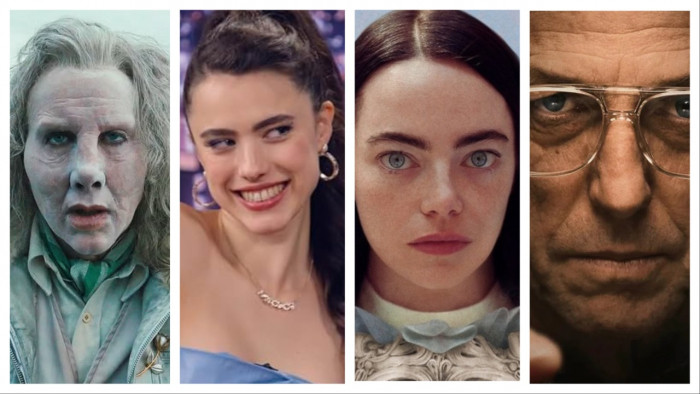
The best movies of 2024



